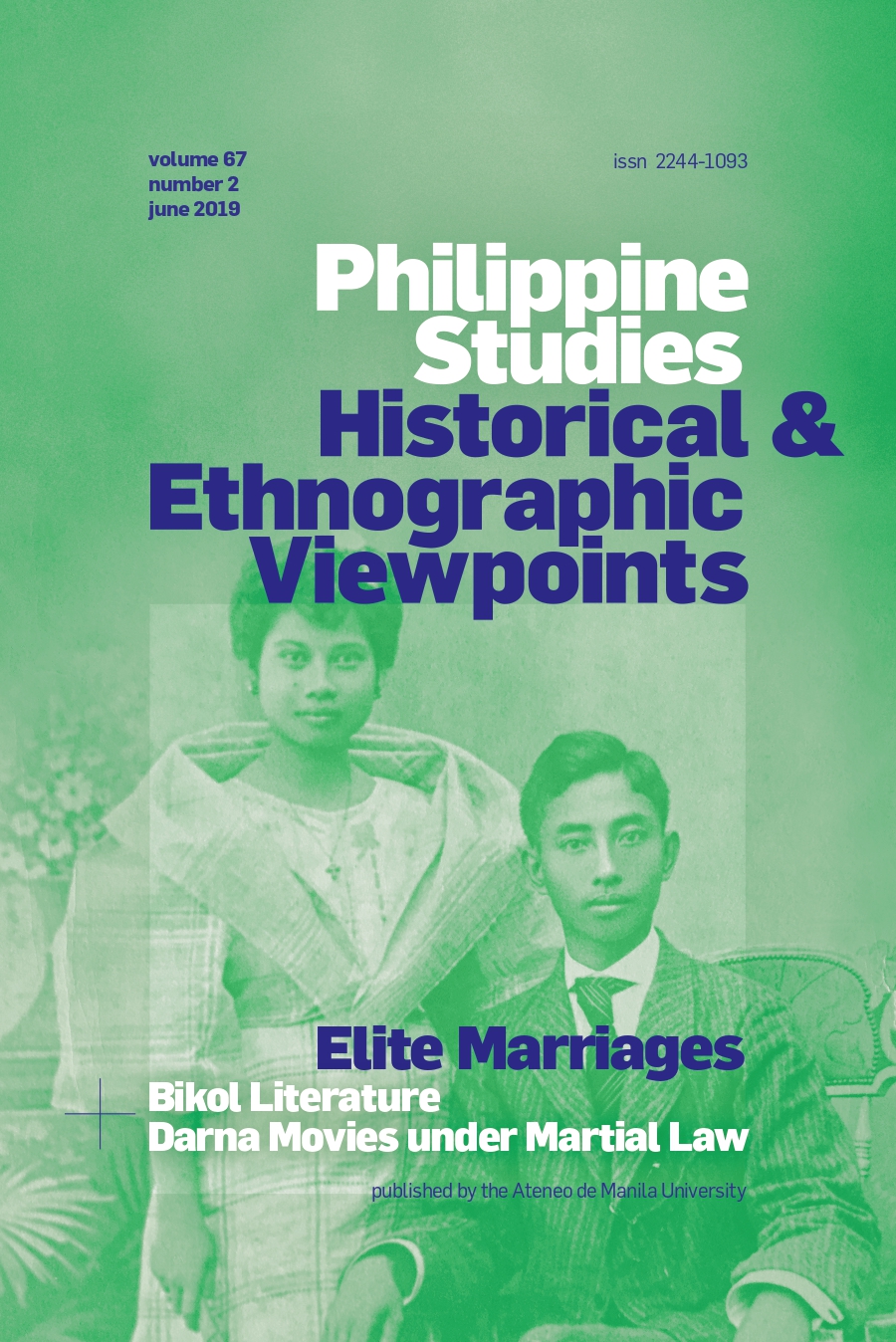Did municipal elites intermarry? A case study of marriage practices among the political elites of San Pablo, Laguna, 1853–1854
Philippine Studies: Historical and Ethnographic Viewpoints
This article provides a quantitative counterpoint to the existing historiography’s qualitative consensus that colonial-era municipal elites were endogamous in terms of status by presenting a case study based on 402 marriage outcomes from the parish register of one community, during one twelve-month period, along the political dimension of status. It finds that from 1 August 1853 to 31 July1854, political elite status in San Pablo, Laguna, was positively but moderately correlated with marriage outside the status group. This practice was likely aided by the limited catchment area from which these political elites found partners and the group’s numeric scarcity within that space.
Keywords
Exogamy
Intermarriage
Colonial Historiography
Quantitative Case Study
Political Elite
Faculty Involved:

Nicholas Michael C. Sy
Assistant Professor (Study Leave)
Focus: early modern Spanish empire, demographic history, the history of conversion, political elites, historical biography, and digital humanities.



